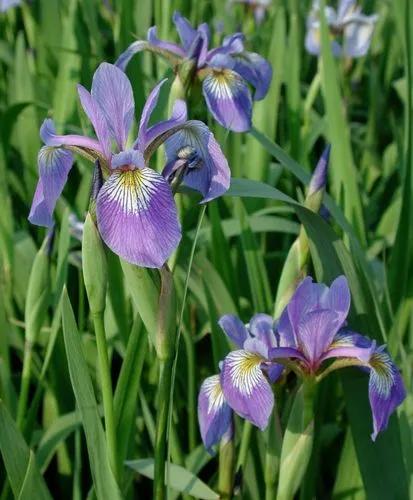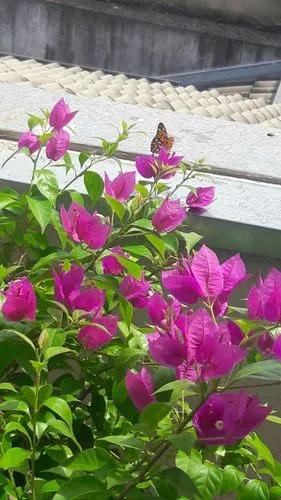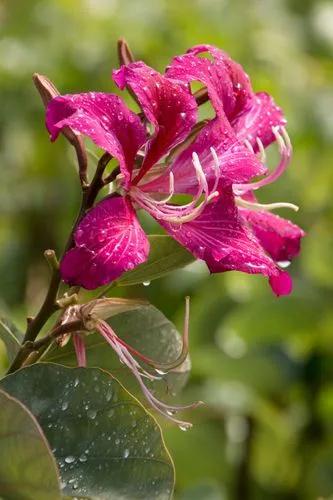Pinguicula belongs to the Lentibulariaceae family. It is a herbaceous compact perennial. This plant can be found in nature in swampy sections of the Northern Hemisphere's temperate regions.
Butterwort Care
Pinguicula



Butterworts, unlike the other representatives of their family, have real roots. The leaves form a rosette at the base. Thick rosettes with a height of up to 6 in (15 cm) are made up of sheet plates. In the spring, tall flower stalks emerge from the center of the leaf rosette, reaching a length of around 1 in (0.4 m). On their tops, tiny purple flowers open. You can find variants with yellow, white, pink, and blue flowers in natural settings.
How to Care for the Plant

Water

Water the plant exclusively with distilled water and only from the pan, through the bottom of the pot, once every 2-3 weeks. Pinguicula loves moisture, so it can always sit in a pan with water. In summer, 1/3 of the height of the pot, and in winter, if not hot, then 1/8. As soon as the water from the pan is completely gone, pour it again.

Pruning

Pruning the indoor Butterwort is not necessary. However, you'd better remove damaged or wilted flower stalks and leaf blades as soon as possible. Then the bush will be able to keep its ornamental effect for an extended period.

Fertilizer

There is no need to feed the Butterwort additionally. An abnormally high concentration of nutrients in the soil can have a devastating effect on the plant's growth and eventual mortality. It's also not recommended to feed the flower insects on your own – the plant will take care of itself.

Sunlight

In terms of lighting, the plant isn't particularly demanding. It can grow even in the north-facing window. If you choose to place your Butterwort by a south-facing window, ensure the plant won't receive direct sunlight. You may want to put your Pinguicula behind a see-through curtain or other sun-loving plants. Butterwort can also fully develop under artificial lighting. This plant thrives in terrariums and aquariums, so you can feel free to decorate a whole mini-house for your carnivorous friend.

Soil

The classic mixture is ideal for cultivation: 50% peat, 40% perlite (or coarse quartz sand), and 10% medium fraction vermiculite. The plant's roots are pretty small and brittle, so you may want to be very careful when repotting the plant.

Propagation

Leaf cuttings are best propagated in the autumn. Carefully take off the leaf plate, dust it with charcoal powder, then plant it in peat or another loose substrate for roots. After the cuttings root properly, place them in individual containers.

Temperature

The flower prefers air temperatures of 25-30°C (77-86°F) during the growing season and 15-18°C (60-65°F) in the winter. Butterwort may thrive at temperatures as high as 95°F (35°C). In this case, water it frequently and keep it at a high humidity level.

Container

The flower will not be able to grow and regularly develop, much alone blossom, if the pot is too small. A 6 in (19-20 cm) container of any material will work great.

Fun fact

Butterwort is a carnivorous plant. Numerous glands on the upper side of the leaf emit viscous dew drops, which act as a trap for small insects.

Popularity

312 people already have this plant 103 people have added this plant to their wishlists
Discover more plants with the list below
Related articles






